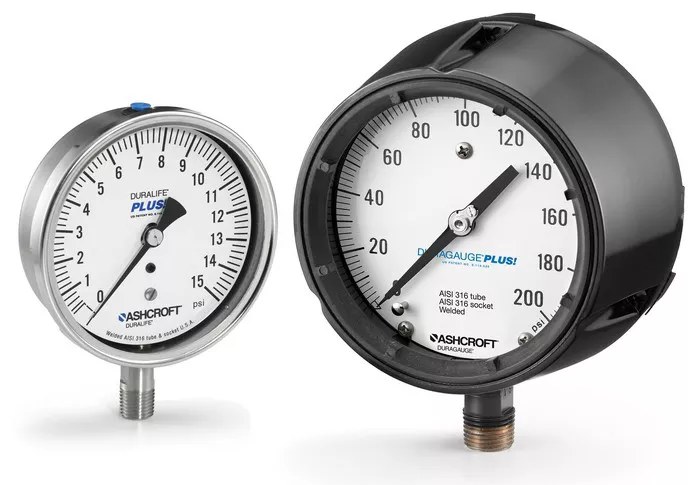A dial tire pressure gauge is a mechanical instrument used to measure the air pressure inside vehicle tires. Accurate tire pressure is critical for vehicle safety, fuel efficiency, and tire longevity. The dial tire pressure gauge is widely used due to its precision, durability, and ease of use. This article delves into the working principles, components, benefits, and applications of the dial tire pressure gauge, making it easy to understand for both professionals and casual users.
Overview of Tire Pressure Measurement
Tire pressure refers to the amount of air inside a tire, typically measured in pounds per square inch (PSI), kilopascals (kPa), or bars. Maintaining the correct tire pressure is essential for several reasons:
Safety: Underinflated or overinflated tires can lead to poor handling and increased risk of blowouts.
Fuel Efficiency: Properly inflated tires reduce rolling resistance, improving fuel economy.
Tire Lifespan: Correct tire pressure minimizes uneven wear, prolonging the tire’s lifespan.
Comfort: Adequate tire pressure ensures smoother rides.
What is a Dial Tire Pressure Gauge?
A dial tire pressure gauge is a mechanical device that uses a calibrated dial display to indicate the pressure reading. It typically consists of a pressure-sensing mechanism, a pointer, and a circular dial face marked with pressure units.
Dial gauges are preferred in many industries due to their reliability, ease of reading, and accuracy compared to digital or pencil-style gauges. They are commonly used by automotive professionals and enthusiasts alike.
Components of a Dial Tire Pressure Gauge
Understanding the key components of a dial tire pressure gauge helps in appreciating how the instrument works:
Pressure Sensor: Converts the tire pressure into mechanical motion.
Bourdon Tube: A curved, hollow tube that straightens when pressurized, serving as the primary pressure-sensing element.
Gear Mechanism: Transfers the movement of the Bourdon tube to the pointer.
Pointer (Needle): Indicates the pressure value on the dial face.
Dial Face: Displays the pressure scale with units like PSI, bar, or kPa.
Protective Cover: Shields the gauge from dust, dirt, and physical damage.
Bleed Valve (Optional): Allows users to release excess pressure for precise adjustments.
Rubber Hose (Optional): Enhances ease of use by connecting the gauge to the tire valve.
How Does a Dial Tire Pressure Gauge Work?
The working principle of a dial tire pressure gauge is based on mechanical deflection. Here’s how it works:
Air Intake: The gauge is attached to the tire valve stem, allowing pressurized air to enter the gauge.
Pressure Conversion: The air pressure travels into the Bourdon tube, causing it to straighten slightly in proportion to the air pressure.
Mechanical Translation: The movement of the Bourdon tube is transferred to the pointer through a series of gears.
Pressure Reading: The pointer moves across the dial face, indicating the corresponding pressure value.
This method provides a highly accurate and consistent reading without relying on batteries or electronics.
Types of Dial Tire Pressure Gauges
Dial tire pressure gauges come in various types, including:
Standard Dial Gauge: Basic models without additional features.
Shock-Resistant Dial Gauge: Equipped with rubber protective covers for rugged environments.
Liquid-Filled Dial Gauge: Filled with glycerin or silicone to dampen needle vibrations and improve accuracy.
Dual-Scale Dial Gauge: Displays two pressure units simultaneously (e.g., PSI and bar).
High-Pressure Dial Gauge: Designed for heavy-duty vehicles like trucks and buses.
Advantages of Dial Tire Pressure Gauges
Dial tire pressure gauges offer several benefits:
High Accuracy: More precise than pencil-style gauges.
Durability: Robust mechanical design with no electronic components.
Easy to Read: Large dial faces provide clear readings.
No Battery Required: Operates without power supply.
Reliable in Extreme Conditions: Suitable for both hot and cold environments.
How to Use a Dial Tire Pressure Gauge
Using a dial tire pressure gauge is straightforward:
- Remove the valve cap from the tire.
- Attach the gauge nozzle firmly to the valve stem.
- Wait for the pointer to stabilize.
- Read the pressure value from the dial face.
- Use the bleed valve if necessary to adjust pressure.
- Detach the gauge and replace the valve cap.
Maintenance and Calibration
To ensure long-lasting accuracy, regular maintenance and calibration are essential:
Cleaning: Wipe the gauge regularly to prevent dust buildup.
Storage: Keep the gauge in a protective case.
Calibration: Periodically verify the gauge against a known pressure standard.
Inspection: Check for damage or leaks.
Common Applications
Dial tire pressure gauges are widely used in various fields, including:
- Automotive repair shops
- Fleet management
- Motorsport
- Aviation
- Bicycles and motorcycles
- Off-road vehicles
Conclusion
A dial tire pressure gauge is an indispensable tool for maintaining vehicle safety, performance, and efficiency. Its mechanical design, high accuracy, and ease of use make it a preferred choice for both professionals and everyday users. Understanding the working principles and proper usage of dial tire pressure gauges can help users make informed decisions about tire maintenance, ultimately enhancing road safety and extending tire lifespan.
By regularly monitoring and adjusting tire pressure with a reliable dial tire pressure gauge, vehicle owners can enjoy better performance, fuel savings, and a safer driving experience.

